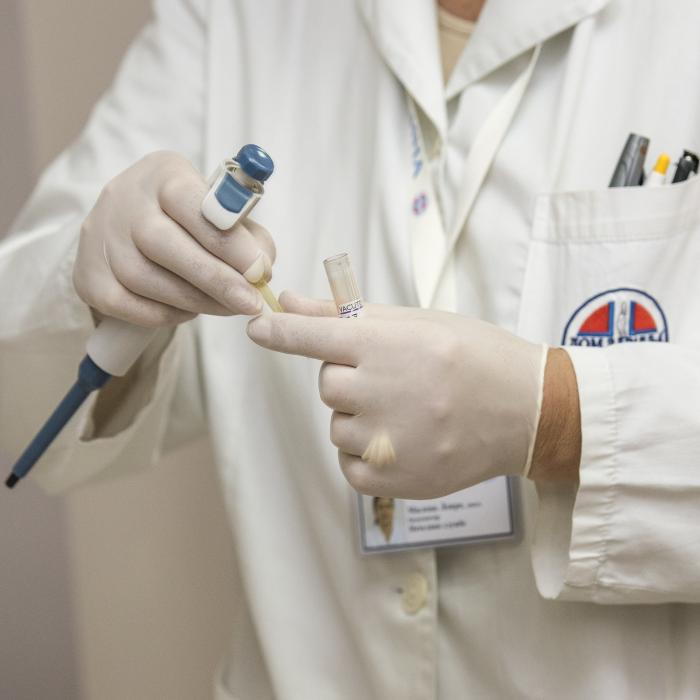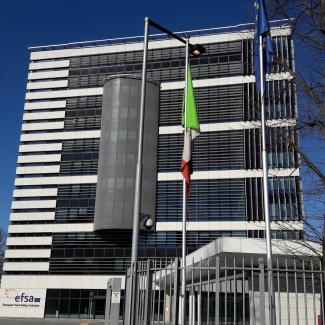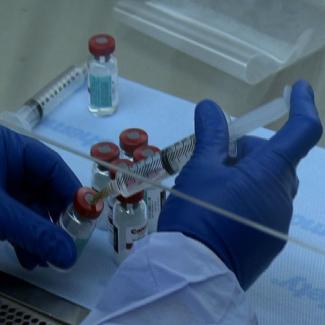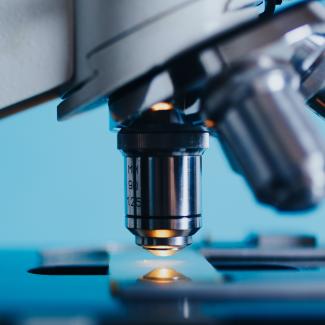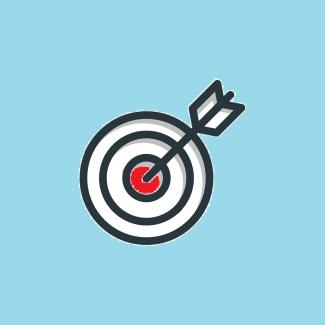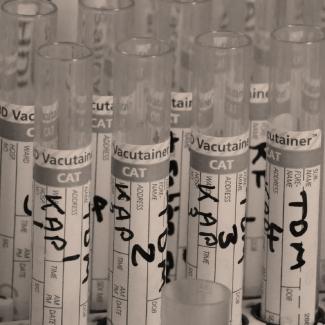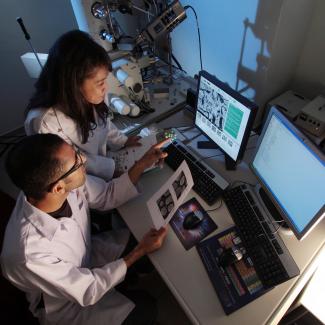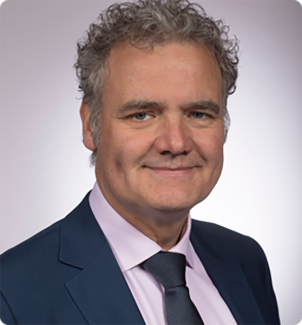You have an idea for a new product. It may involve a new use, a new technology or source material. You may see an emerging market or a consumer need. You may anticipate a new policy or regulation. Maybe you already have the product available at lab, pilot or production scale..
Scientific and regulatory support for product innovation
Welcome to lsbi | life science-based innovations, a place where innovators meet.
Serving startup companies, established multinational firms as well as investors, we support businesses in developing healthier and more sustainable products.
We'd love to have a talk.
Organizing scientific and regulatory development
Innovative product development is more than just ‘copy-paste’. It is never fully predictable and there can be no guarantee. Yet, analyzing the successful development of over a hundred products elaborated during 25+ years of business does reveal a pattern. In this pattern, 4 phases of scientific and regulatory development can be recognized. When used flexibly and with an open mind, these 4 phases help to plan and organize product development in a way that:
- saves time and money
- enhances credibility throughout development
- increases attractiveness for investment
- effectively handles testing
- leads to less questions and a better chance of acceptance of dossiers for registration
- is ambitious, yet realistic
- supports necessary innovation towards more sustainable and health-friendly products
All of these phases in regulatory and scientific product development are supported by lsbi.
Safety
Typically, first-tier safety tests are far less costly and take less time than second-tier tests that may follow. But first-tier tests can be rather predictive. They provide useful information that helps in making decisions on timing, on investments, on further testing, on dossier preparation and on overall business development strategy.
Second-tier safety tests are relatively expensive and time-consuming. For instance, a sub-chronic oral toxicity study is likely to take 12 months, including reporting. While first-tier tests are rather predictive, second-tier tests should give a more definitive answer.
For many products and uses, pre-market approval by authorities is required. Such approval will only be granted on basis of a dossier that is prepared according to the pertinent law and regulations.
Efficacy
You see an opportunity for a product that supports health, performance or well-being. It may involve a new use, a new technology or a new source material. It may be part of a plan supporting healthier consumer behaviour, a diet or a form of monitoring. Maybe you already have the product available at lab, pilot or production scale.
Typically, first-tier tests on digestion, absorption, on-target availability or activity, as well as pilot studies on biomarkers or health effects are far less costly and take less time than second-tier tests that may follow. Still, first-tier tests can be predictive to some extent.
Second tier efficacy tests can be relatively expensive and time-consuming. For instance, a human intervention study on blood cholesterol, on blood pressure or on elasticity of the arterial wall may take about one year, including the recruitment of volunteers and reporting.
Messages on health, performance or well-being can come in many forms. In some cases, if a health claim is not allowed, other options may be available.
Key to success
Which innovative ideas and products will be a success?
Such precious ideas and products have one thing in common. They can be proven to meet critical scientific, technological and regulatory standards.
Finally, your new product can be sold. It’s all hands on deck now..


